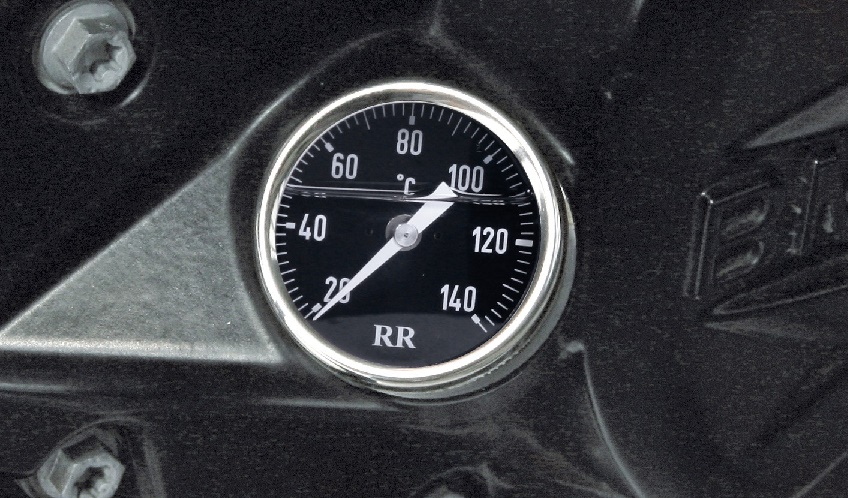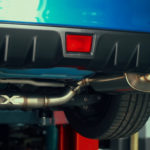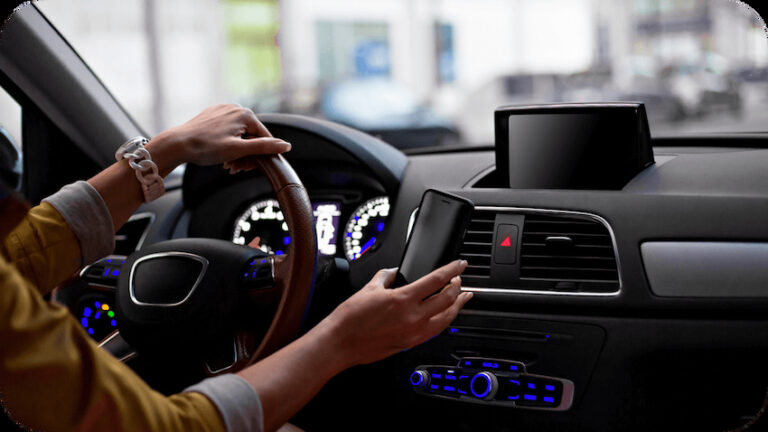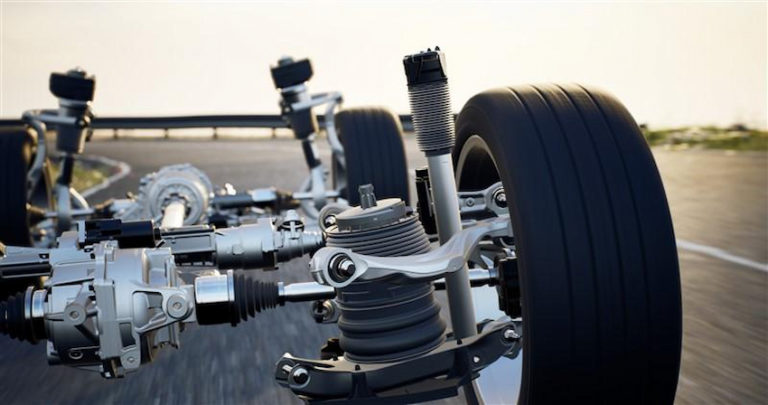Paying attention to your car’s gauges can help you prevent costly damages. There are different car gauges that are specially made to monitor specific activities of your car, such as oil pressure, oil temperature, RPM and the distance traveled. Although having all types of gauges can be beneficial, in reality, you don’t need all of them. Personally, I use an oil pressure and temperature gauge to ensure my engine doesn’t reach critical temperatures. Your oil’s temperature is something you can’t see on the coolant gauge, as the oil is usually a couple of degrees warmer than the coolant, and it takes longer to come up to a certain temperature.
You know how when you start your car in cold mornings, you usually wait a few minutes for the coolant gauge to get up to operating temperature? Similarly, oil needs time to come up to temperature. But in order to achieve that, you need to drive around and put some load engine. Contrary to popular belief, revving your engine doesn’t do the trick, and it just puts more wear on the car. Moreover, running an engine cold can result in total engine failure. So ideally, you should have oil temperature or pressure car gauges to give you this valuable piece of information.

Although total engine failure may seem like an over-exaggeration, I bet most of us have run a cold engine before multiple times. And we only get away with it simply because nowadays we have amazing engine designs. However, this still wears the engine down and it’s a risky thing to do that can result in catastrophic damages or failure, especially if you have a highly-tuned engine. Plus, engine failure isn’t the only thing that can happen. Your car will underperform if the coolant and oil aren’t up to temp. VTEC engines, for instance, won’t engage the VTEC unless the coolant is up to temp, and this is the case with most other variable valve timing technologies.
On the other hand, if the engine is too hot, you should pull over to the side of the road and immediately turn off the car to let it cool down. However, if that’s the case, you’ll be alerted by the gauge needle hitting H, a flashing red light or by the chiming of an alarm. In case any of this happens, don’t open the hood to avoid getting burned from the heated engine coolant or steam, but keep the accessory power on so that you can monitor the gauges and see if the temperature goes back to the safe range. If not, call roadside assistance to have your car towed to the mechanic to avoid risking further damage.













